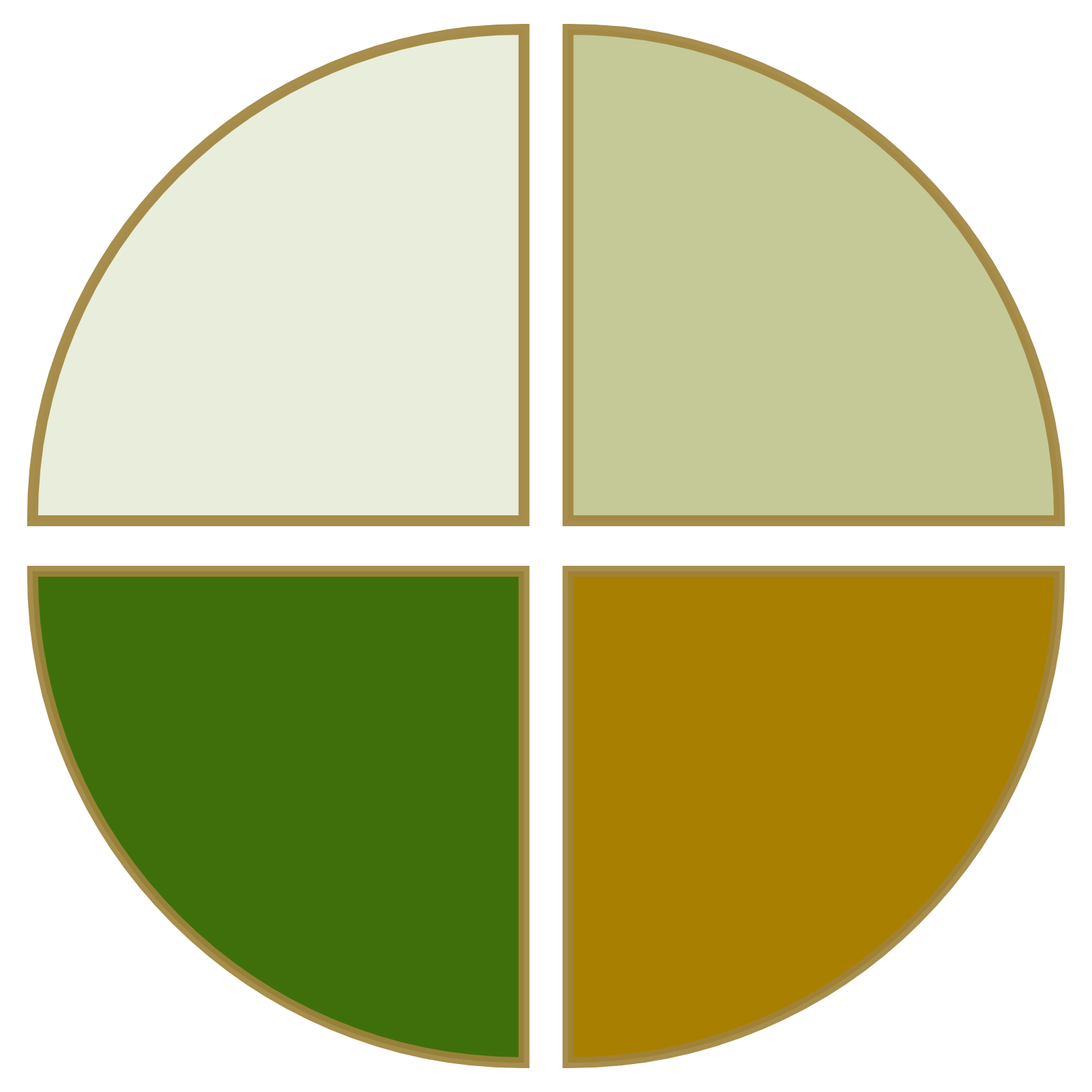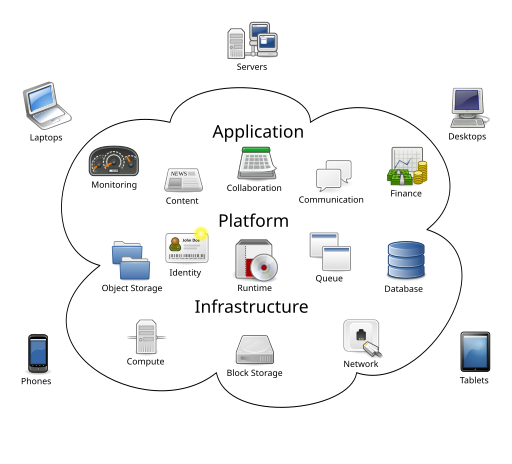Every time you use a computer, smartphone, video game console, or many other electronic devices, you’re using something that runs on software. Some software is very complicated, while other software is fairly straightforward and designed only to do a few different things. Either way, the software is actually the most recent implementation of something that has been around for quite some time.
Software developed to meet the needs of early computer programmers. Computers, even today’s modern ones, can’t actually understand any type of human language. Instead, they all function on binary, which is a series of ones and zeros. Some of the earliest computers were programmed directly in binary, but this was a long, tedious chore that few people could actually do. In order to make programming easier, different programming languages were created. This led to the creation of software, something that serves as a translator of sorts. Computer users, through the software interface, give the computer instructions. These instructions are then translated by the software into a language that the computer can understand.
Before software as we know it was created, there were a few different early attempts at programming computers. Punch cards were the first. These cards were simple paper cards that had rows of dots. If the dot was punched, it represented a zero. If it wasn’t, it was a one. These cards would later be replaced by reels of magnetic tape. This was easier to manage space-wise, since storing stacks of cards was very impractical, but it still took a lot of time and work to program.
- History of computer software and computer languages.
- Wikipedia’s history of software
- The Computer History Museum timeline of computer history
- The history of software programming
The Early Years of Software
The actual term ‘software’ wasn’t used until the late 1950s. During this time, a number of different types of programming software were created. Many of the early pieces of software weren’t available commercially, instead, computer users (mostly scientists and large businesses) often had to write their software themselves. This did have some advantages: the software was tailored for the specific needs of the user, and the user understood exactly what the software was doing. However, the disadvantages were much greater. Every business or lab had to have someone capable of programming the computer, and the software often couldn’t be traded to others because it was created for one specific computer system.
When computers became small enough to be sold to individuals, software became much more prevalent. Home users couldn’t program their computers themselves – the average person wouldn’t want to take the time to learn programming languages. Instead, the operating system was created. This specialized software ran the computer and launched other software as the user needed it. One of the earliest operating systems was MS-DOS, the operating system many of the early IBM computers used.
IBM began selling software in the late 1960s and early 1970s. This was the first time commercial software was available to the average customer, and the ability to add different types of programs to any computer quickly became popular.
- Early Software Applications
- Chronology of personal computer software
- System software for early computers
- An introduction to the early history of computer software
- Software giants of the 1970s
Software Changes Over the Years
Software has become more and more complex over the years. In the early days, commands were typed in, and early software only accepted keyboard input. Because floppy disks could only hold a very small amount of data and most personal computers had no actual hard drive, software had to be very simple. That changed as computer hardware evolved.
When hard drives became standard in personal computers, software could be installed on the computer before it left the distributor. This allowed computer companies to start bundling operating systems and software with computers in ways they hadn’t been able to before. It also made it possible to load larger pieces of software on computers without sending the customer a stack of disks. Now users could switch between a number of different pieces of software without changing disks, something that made computer work much more effective.
When CD-ROMs became standard, larger pieces of software could be distributed quickly, easily, and fairly cheaply. CDs could hold much, much more information than floppy disks, and programs that were once spread across a dozen floppies fit on one CD. They quickly became the standard in software distribution, and by the mid 2000s, floppy disk drives were no longer a standard feature on a computer. The creation of DVDs, which hold even more than CDs, has made it possible to put bundles of programs such as the Microsoft Office Suite all on one disc.
However, thanks to the internet, now even DVDs are becoming obsolete. Many people purchase and directly Technology continues to evolve, and it’s difficult to say what the future of software entails. With services like the cloud computing now being offered, users don’t even need to download software to their computers they can run programs directly from the cloud with minimal installation. Of course, this does require a stable high speed internet connection, but as the internet becomes faster and more people have stronger, more reliable internet connections, that won’t be a problem. While artificial intelligence and self-aware robots seem like the stuff of science fiction, it’s actually possible that the computers of the future will be able to program themselves. Advanced programs may be able to develop code for new programs based on what the user enters or needs. They may even be able to create newer, improved versions of themselves or design entirely new operating systems. Perhaps we won’t even need to use a keyboard and mouse to use future software perhaps we’ll simply be able to think our commands to the computer! BSC Designer is strategy execution software that enhances strategy formulation and execution through KPIs, strategy maps, and dashboards. Our proprietary strategy implementation system guides companies in practical application of strategic planning.The Future of Software



